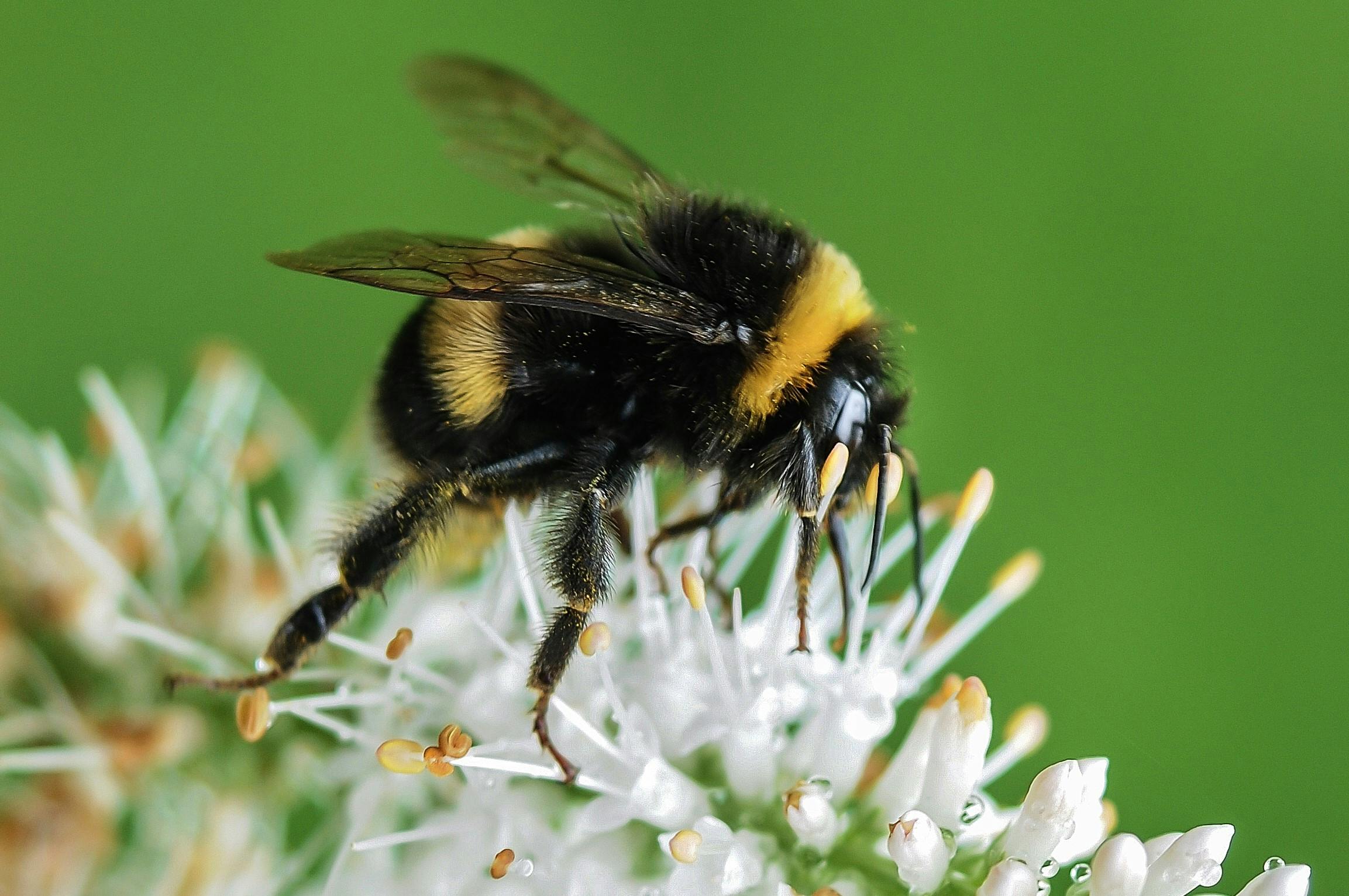Barbut's cuckoo bumblebee, also known by its scientific name Bombus barbutellus, is a species of bumblebee that is found in the Western Palearctic region. Like other cuckoo bumblebees, Barbut's cuckoo bumblebee is a social parasite that lays its eggs in the nests of other bumblebees, particularly the nests of the common carder bee (Bombus pascuorum).
Barbut's cuckoo bumblebee is a relatively small species, with workers and males typically measuring around 10-12mm in length, while the queens can reach up to 15mm in length. The species is characterized by its distinctive yellow and black coloration, with yellow stripes on the thorax and abdomen and a black head.
The behavior and biology of Barbut's cuckoo bumblebee are similar to other cuckoo bumblebees. The species does not have a worker caste and relies on the host bumblebee colony to provide food and care for its offspring. The cuckoo bumblebee queen typically invades the host colony in early spring and kills or removes the host queen. The cuckoo bumblebee then lays its eggs in the host colony, which are raised by the host workers.
While cuckoo bumblebees are often viewed as parasites, they play an important ecological role in their ecosystems. By reducing competition for resources and limiting the population size of their hosts, cuckoo bumblebees can help to maintain biodiversity in their environments.
However, the proliferation of cuckoo bumblebees, including Barbut's cuckoo bumblebee, has become a concern for conservationists in recent years. The expansion of agricultural land and the use of pesticides have led to a decline in bumblebee populations across Europe, including the host species of cuckoo bumblebees. This decline in host populations has led to an increase in the number of cuckoo bumblebees, which can exacerbate the decline of bumblebees as a whole.
Conservation efforts aimed at protecting bumblebees, including the reduction of pesticide use and the creation of wildflower meadows, can help to support the populations of both host bumblebees and cuckoo bumblebees. Additionally, research into the behavior and ecology of cuckoo bumblebees, including Barbut's cuckoo bumblebee, can help to inform conservation strategies and better understand the complex relationships between bumblebee species.
In conclusion, Barbut's cuckoo bumblebee is a fascinating species of bumblebee that plays an important ecological role in its environment. While the proliferation of cuckoo bumblebees can be a concern for conservationists, efforts to protect bumblebee populations can benefit both host species and cuckoo bumblebees. By better understanding the behavior and biology of cuckoo bumblebees, we can work towards preserving the diversity and health of our ecosystems.


Comments
Post a Comment